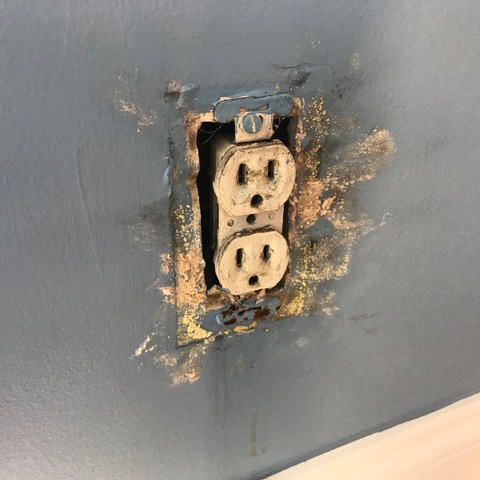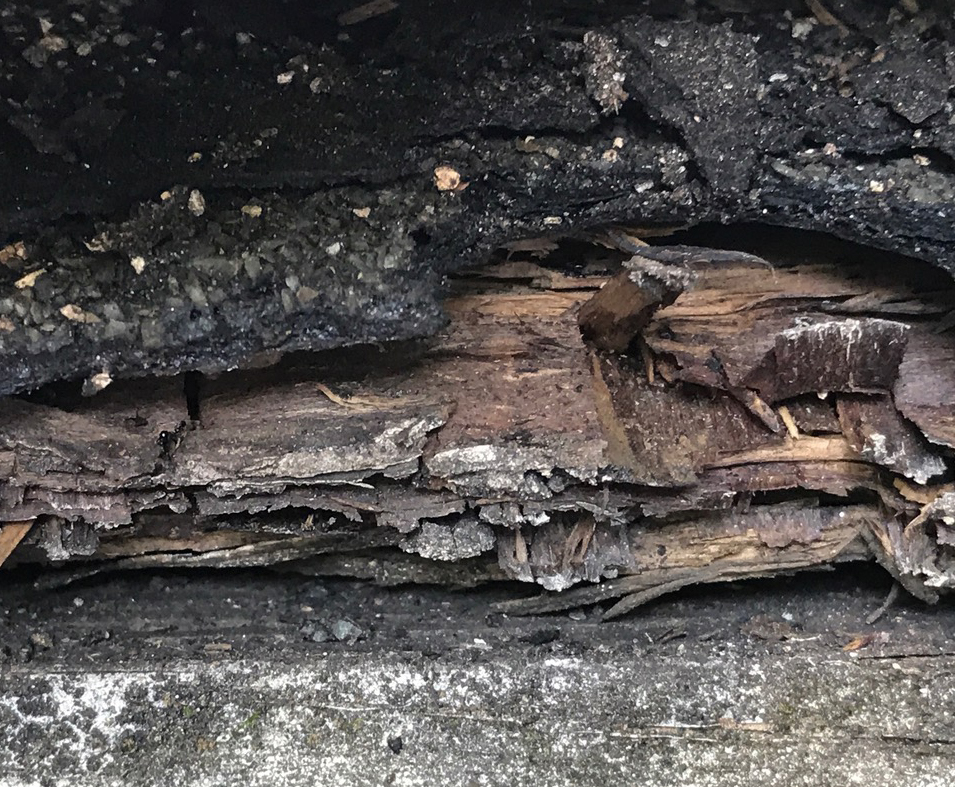
Everyone buying a home knows they need to get a home inspection before signing or sealing any deal to buy the property, right? Okay, almost everyone. But what do most people really know about home inspections? Does the home inspector find everything that’s wrong? Is the attic off limits to the inspector? Are home inspections pass/fail? Do the utilities need to be turned on during an inspection? These are all good questions. Let’s take a look at some common myths about home inspections that keep people in the dark.
MYTH #1: New construction doesn’t need an inspection!

FALSE! Every home needs to be inspected prior to purchase. New homes are no exception. In fact, new homes can have problems due to:
- Faulty workmanship
- Communication breakdown between tradesmen, such as electricians, plumbers, carpenters, etc.
- Hidden issues not as noticeable as they would be in older homes. For example, an older home might show mold on the bathroom ceiling, while a newer home could have a problem that might cause mold, but since nobody has used the tub or shower yet, such an issue might be hidden to all but the trained eye.
- Overlooked items that squeaked through during construction, such as an unconnected drain pipe or a poorly sealed crawl space.
MYTH #2: All home inspectors do the same tests and reports
FALSE! Home inspections can be a different as the many types of home available on the market. Some inspectors start with the exterior, then work their way down the home’s levels, beginning with the attic. Since water flows downward, this can lead to some revealing discoveries. Some inspectors prefer a different order. Some inspectors are engineers and pay very close attention to the interaction of the home’s systems. Some are or have been home builders themselves, and they have a broad, inclusive view. Some inspectors provide simple, hand-written reports, while other provide detailed, software-driven reports with photos. Perhaps the most important thing about your inspector is their background and reputation. Ask you realtor for references of the home inspectors who service your area.
MYTH #3: Home inspectors can find every problem in the home

FALSE! This is one of the more common home inspection myths. There are areas of the home that inspectors can’t see, such as behind walls or underneath floor coverings. An inspector is not allowed to break holes in walls or siding to see what lies within. Home inspections are non-invasive visual inspections that can last up to three hours. If the inspector can’t access part of the house, that part will not be inspected. Some examples are locked rooms or piles of clutter that restrict access to items such as the home’s electrical panel. If the inspector can’t get to it, he or she can’t inspect it and therefore cannot find any potential problems in that area. Usually, inaccessible areas will be documented in the inspection report.
MYTH #4: Inspectors will move items that restrict access
FALSE! Home inspectors do not take the liberty of moving items to reach areas such as water valves or circuit breakers. Common practice is for inspectors to request all utilities and appliances are available and operational. If something is turned off, such as a gas heater pilot light, the inspector will not turn it on. There may have been a reason it was turned off. Just to stay on the safe side, the inspector will not turn it on unless the homeowner is present to confirm that no unsafe conditions exist. A best practice is for the homeowner to ensure that areas requiring inspection are easily accessible. As mentioned before, inspections are non-invasive visual assessments. Inspectors will not move obstructions (boxes, shelving, cabinetry, furniture, clothing, etc.) to perform the inspection. They will only inspect what can be safely accessed. If some areas are inaccessible or some systems are not ready for inspection, the inspector will note this in the report and suggest the area be made ready and inspected prior to closing.
MYTH #5: Home inspections are pass/fail
FALSE! This is also one of the most common home inspection myths. Home inspections are not like school tests. Homes do not pass or fail inspections. Home inspection reports document the inspector’s findings to help potential buyers make an informed decision. The inspector will not recommend whether to buy the house or not. Instead, the inspector presents a list of the home’s current issues. Then it is up to the buyer to decide how to proceed. Please click here to read our detailed blog on whether homes can “fail” inspections.
MYTH #6: A home inspection documents code compliance

FALSE! Home inspections are not code compliance inspections. Home inspectors have no code compliance enforcement authority. It is the job of the local town, city, or county to enforce codes. On the other hand, home inspectors are aware of building codes, and sometimes will use them as a guide when reporting issues with a home. For example, a wire splice sitting on the floor of the attic without a junction box, or an ungrounded ground wire are a hazardous breach of code in most areas. However, most inspection reports will not refer to code, but instead will present a list of findings that need to be addressed.
MYTH #7: A home inspection is an appraisal
FALSE! An appraisal and a home inspection are very different. A home inspection reports on the condition of a home’s major systems, whereas an appraisal estimates a home’s monetary value. When home buyers are unclear about the difference, they may feel that if one is being done, then the other is not needed. One does not eliminate the need for the other. Get both an appraisal AND a home inspection.
MYTH #8: Sellers must fix every issue on the report

FALSE! The home inspector is not the one who decide what needs repair or who pays. He reports his findings, and depending on the severity of the problems he finds, the buyer and seller may begin to renegotiate the contract. A small, cosmetic issue like a cracked tile in the bathroom in no deal-breaker. In a hot “sellers’ market,” the buyer may need to overlook it. However, a deteriorating roof or a rusted, leaking water heater are items the buyer would want the seller to fix before signing the sales contract. Click here to read our blog on potential deal-breakers. It is in the best interest of the realtor to educate their clients about what to expect from the home inspection process and how to reopen negotiations based on the inspection report.
MYTH #9: Everything an inspector finds leads to high expenses
FALSE! Many common issues found during inspection are simple fixes. These might include clogged rain gutters, worn out caulking around bathtubs, worn out light switches, or some rotting wood trim. None of these are expensive to fix. That’s not to say inspections won’t reveal serious and expensive problems. It can and does happen.
Call Peter Young Home Inspections
Buying or selling a home? Never sign any contract without first getting a home inspection! Call Asheville Home Inspector Peter Young, 828-808-4980, to dispel any home inspection myths, or click here to make an appointment today.